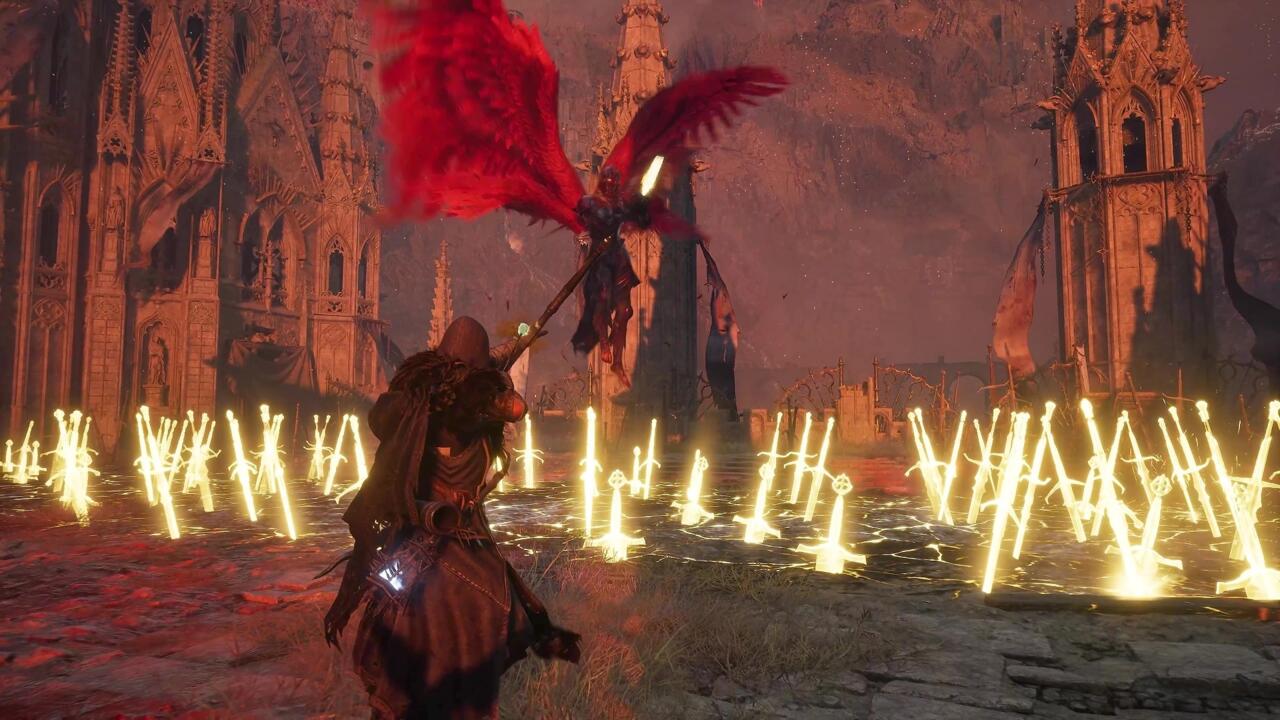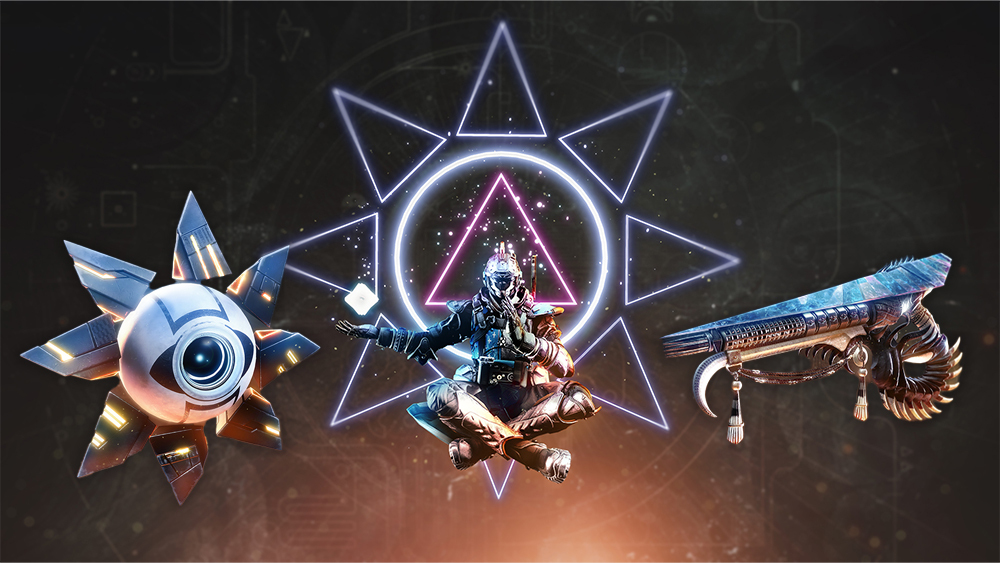
The New Lords Of The Fallen Is The Most Direct Interpretation Of Dark Souls Yet
The initial Lords of the Fallen in 2014 fell into that category, attempting to capitalize on a budding pattern yet falling short of duplicating the type of experience that made Souls video games so great. And after playing roughly two hours of the brand-new Lords of the Fallen, it’s clear designer Hexworks has a much better understanding of what makes a great Souls-like click this time around.
While this brand-new entry still contains lore loosely tying it to the original, 2023’s Lords of the Fallen is totally reconstructed, dedicating to a much darker dream world and offering stronger RPG components. The circulation of battle that bogged down the first video game is gone.
A remarkable display of how Lords of the Fallen is doing things better this time around is in the extremely first manager fight versus Pieta, She of the Blessed Renewal. Defeating her turned out to be the kind of difficulty expected of the genre’s greats– it took me 3 tries, but with each effort I felt myself getting better, slowly excelling at reacting to her attacks, rather than succumbing to cheap tricks and banging my head versus the wall.
There are several ways to construct yourself in Lords of the Fallen thanks to a fluid RPG system that, once again, is similar to the Souls video games. While you pick a class template when developing your character, it doesn’t necessarily dictate how your character grows, rather it offers a starting point and a direction you can take as you advance. For the sneak peek, I went with a class that mixed both a sword and bow for close-ranged melee and long-ranged flexibility– it felt matched enough to handle Pieta. This likewise suggests I wasn’t able to check out the three-pronged magic system, active glass cannon-style builds, or any of the variations in between.
As is foregone conclusion, you build up currency by defeating opponents which you then require to checkpoints– here, they’re called Vestiges– and buy stat point upgrades to level up. There’s always that threat of dropping that currency when you die, hoping the next Vestige is around the corner, but such is the Souls method. It’s a familiar flow that veterans will discover comfy and likely make the most of through experimentation, min-maxing, and equipping different gear pieces and weapons discovered throughout the video game.
The moment-to-moment in my Lords of the Fallen demo ticked many of the Souls boxes I have when it comes to combat, however this video game differentiates itself in its concept of dual worlds. Axiom, the land of the living, is more or less the “regular” dimension, but it exists in parallel with the Umbral realm, the land of the dead.
It’s reasonable to say that this is the video game’s specifying feature given that the duality of Axiom and Umbral manifests in several ways in both expedition and fight. While in Axiom, you can hold up your Umbral Lamp at any time to peer through what your instant environments appear like in the Umbral realm. Frequently, it’ll expose alternate paths to otherwise unreachable areas– bridges constructed off the bodies of dead beasts resulting in loot, or a pond dried up in the alternate realm letting you move forward, are simply a few examples I saw.
While holding up your light is a peek into the realm, you can transfer yourself into the Umbral to completely check out the run-down alternate reality. The catch is the Umbral realm is a hazardous location full of undead opponents, and the longer your stay in here, the more its powerful wraiths threaten and hound you. Another catch is that phasing into the Umbral is a sort of one-way ticket, and the only way back is returning to a Vestige conserve point. This vibrant introduces a puzzle element to exploration since there are platforms you can control for traversal and Umbral-only courses to important areas of the world. More importantly, it develops a push-and-pull with tension and curiosity, leaving me interested in checking my environments simply a bit more detailed and thinking if the threat is worth a shot.
Here’s another kicker about the parallel worlds: Remember how I mentioned I was able to beat Pieta in just three tries? That was thanks to the Umbral world. When you pass away in Axiom, you right away resurrect because area in the Umbral world and the battle continues. Lords of the Fallen is forming up to be challenging in the ways you anticipate from Souls-like games, however providing gamers a second opportunity, Umbral caveats and all, is also a good method to mitigate the exhaustion frequently felt in video games so punishing. Like the resurrection mechanic in Sekiro, by no ways does this make encounters easy, however having a rebuttal in tight circumstances is much appreciated.
Creative director Cezar Virtosu didn’t appear shy about using the clear influences on his sleeve. Short cutscenes, audio log-like spirits, and esoteric discussion offer a vague sense of story throughout the world, which is another core pillar– it almost seems like one of those moments when you see something clearly attempting to be its impact. The benefits of how well this brand-new video game performs is an assessment for the complete experience. Since as you find out more about the characters at your Sanctuary base or discover brand-new information about each manager’ lore through their styles and backstories, the more Lords of the Fallen will expose itself. Virtosu mentioned different permutations depending upon how things play out in your run, which might affect how all of it culminates in the approximated 45- to 50-hour runtime.






